There are many different ways to make music, but none are quite as original as Aleksi Perälä’s. We speak to the prolific producer about his remarkable output.
There are as many different approaches to music production as there are musicians. Some see it as a hobby, an enjoyable way to pass the time. Others take it seriously and approach it as a business, with production as just one part of a strategy that includes: performance, remixing, and social media engagement. And some, like Aleksi Perälä, operate on a very different plane. For the Finnish IDM producer, it’s not a job; it’s a calling.
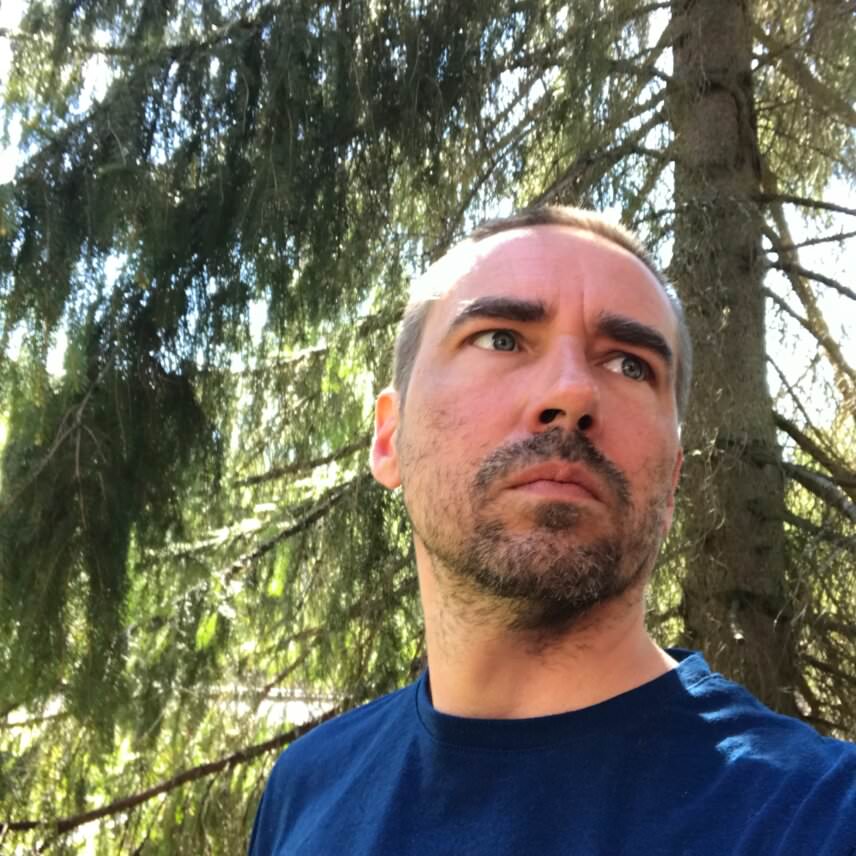
We first became aware of Aleksi Perälä when a friend shared one of his tracks on Facebook. The gorgeous, chiming melody. The purity of the sound. The unusual tuning. Listening to the track was like watching flowers bloom, or shooting stars fall from the sky. What was happening?
As we started to follow his output, we were shocked at how many albums he had released. (Currently, Bandcamp lists more than 100 albums.) And the sheer pace of album releases: a new album every two weeks, with album series stretching into the double digits. It was less of a typical release schedule and more like a river, a torrent of magical music. We wanted to know more: about his working methods, his staggering productivity.
Colundi
But first, the unusual tuning. Colundi, for those who might not frequent some of the more esoteric sides of the internet, is an alternative tuning scale developed by Perälä and Grant Wilson-Claridge, the co-founder of Rephlex Records. Where most scales are based on relative intervals, Colundi is more of a series of absolute pitches.
Rather than being mathematically related to each other, these pitches were chosen because of how they affect the human body. As Wilson-Claridge told Wire magazine, “The scale is 128 resonant frequencies chosen via experimentation and philosophy, each relating to a specific human bio-resonance, or psychology, traditional mysticism or belief, physics, astronomy, maths, chemistry.”
There’s a whole community of artists working with the Colundi tuning, but for Perälä, the most important thing seems to be that working with the tuning makes him feel good. “Colundi is now fundamental to my being,” he explains. “I live in it. Colundi feels like an eternal power flow.” Colundi is not static though.
Perälä is able to modify the system as he sees fit. “Everything I’ve made since February 2013 has been based on Colundi frequencies. I don’t see myself going back to 12-TET (equal temperament) ever again. However, lately, I have been into 12-TET-like ratios/scale structures within the Colundi realm. Having found out it is possible has been exciting and refreshing after nine years of experimenting with Colundi.”
Scales and Sounds Merge
How about his production methods and studio? While he tells us that he uses Logic, pinning down other specifics is harder. “It is not about the gear you use, apart from being familiar and fluent with it,” he insists. “It’s all about the ideas. What frequencies are being played? I tend to start by making a new scale within Colundi, and then making new sounds from sine waves matching the partials with the scale. In that way scales and sounds merge, both fit well together and I have full control over the sounds.”
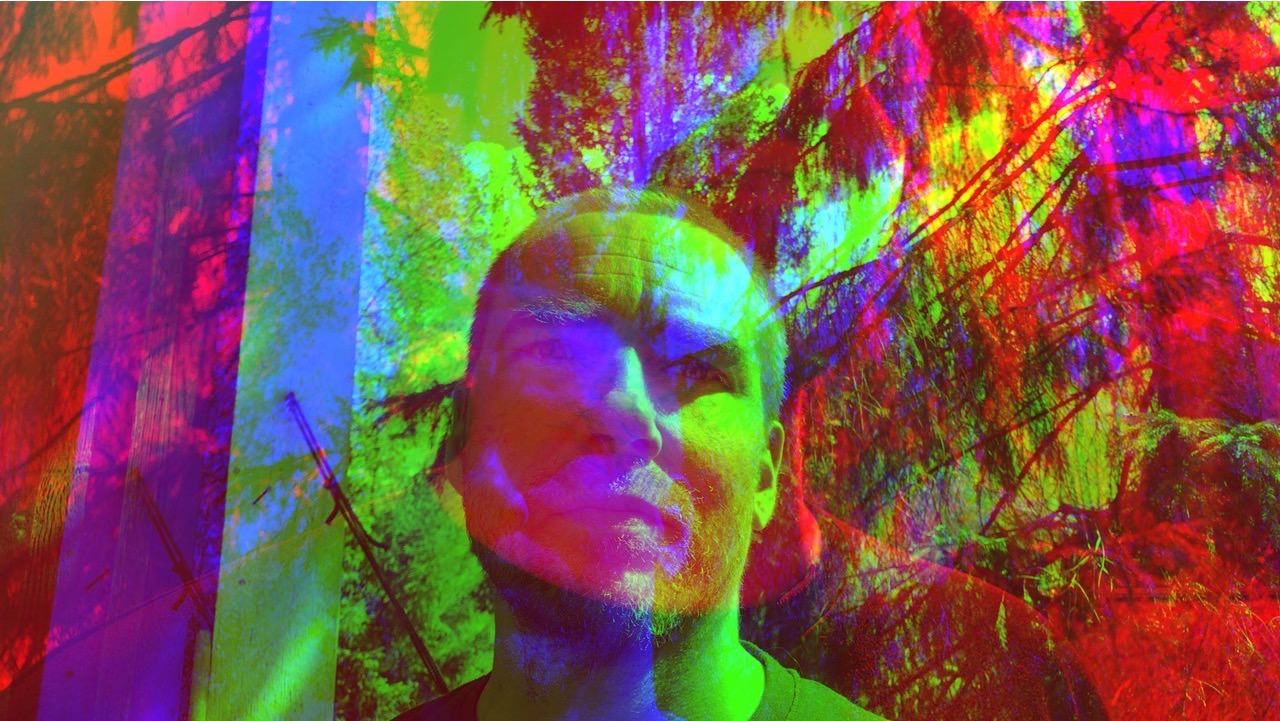

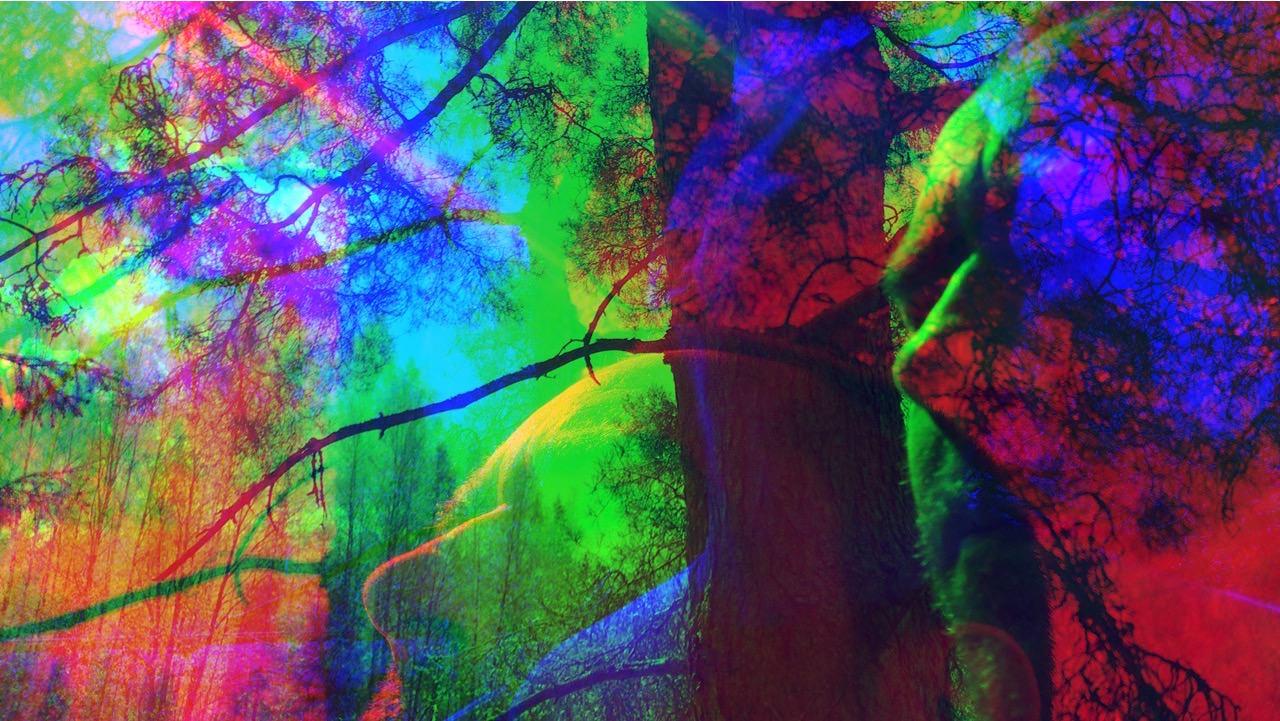
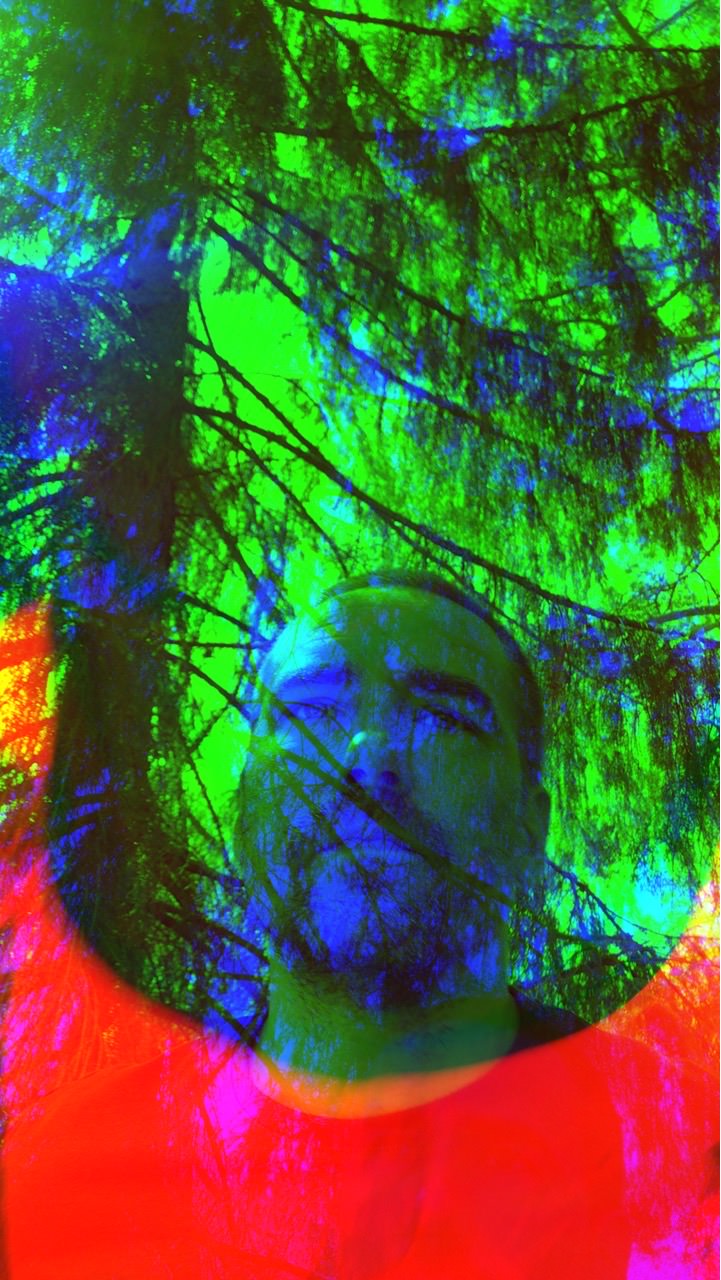
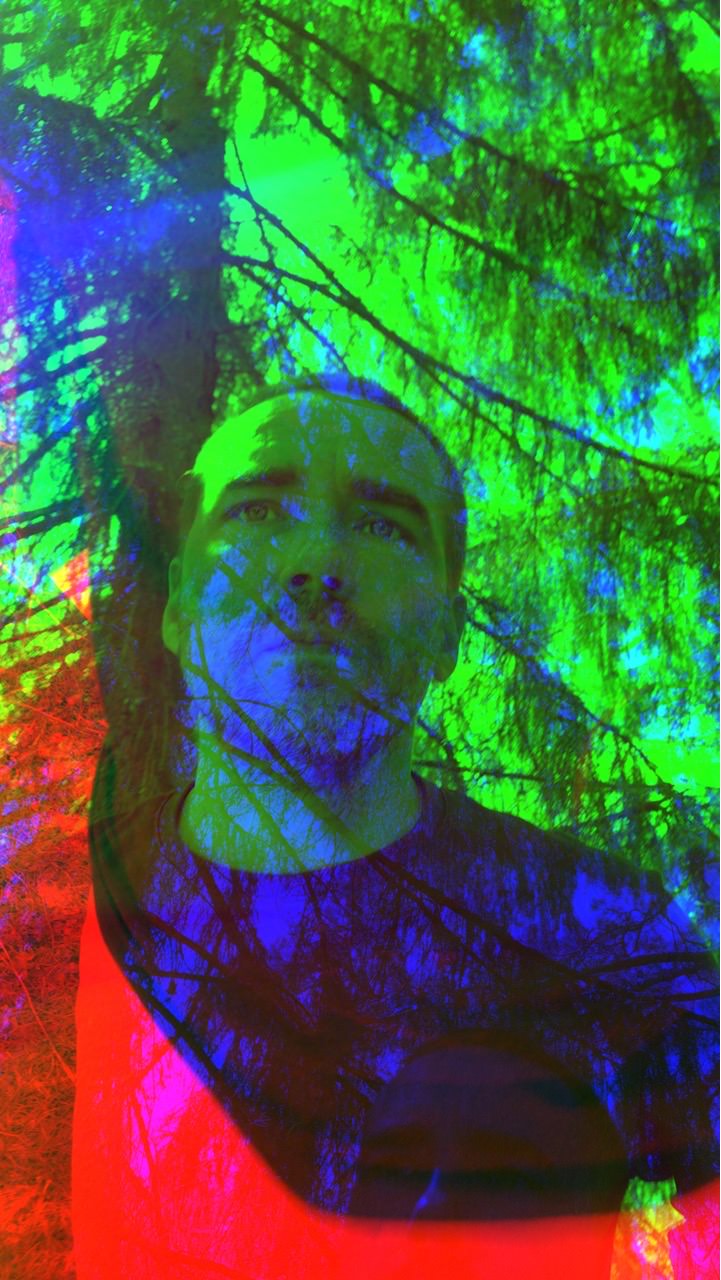
Not many artists are so involved with their sounds that they’ll start at the basic sine wave level. But, Perälä does. “It’s gone on to silly things like making hi-hat sounds from sine waves,” he continues. “For example on “FI3AC2160060“, I made a 909 hi-hat sound from Colundi sine waves and used the sound partial structure for the lower chords too. Sometimes when I’m playing, it feels like the keys are being pushed a tad before my finger hits them, like a flowing stream carrying a leaf.”
Nature Is Beautiful
When he speaks, he often uses metaphors related to flow, geography, and nature. Although he’s lived in the UK and in North America, right now he’s in Lahti, Finland, his hometown. Finland is heavily forested. Something like 75% of the country is covered with trees. We ask him if this affects his musical output. “Of course it does, massively,” he stresses. “I find jamming here in Finland very hard to define, probably because it is my home country. There is a lot of space here. Nature is beautiful. The population is sparse. The forest is everywhere and it doesn’t have a name. The land is very old and the air is very fresh. Circles.”
Every New and Full Moon
Aleksi Perälä is staggeringly prolific. He releases a new album every two weeks. Not EPs or singles but full-length albums, often with themes uniting releases across series. This phenomenal output is the direct result of the pandemic. With no day jobs or performances to prepare for, he’s been free to concentrate solely on music production. “Yes, that has been the schedule this year, so far,” he says. “Every new and full moon. It feels right. It works for me because it helps me remember to click ‘publish’ on Bandcamp on the day. These days I’m not very observant of time/date, but I know the current phase of the moon.”
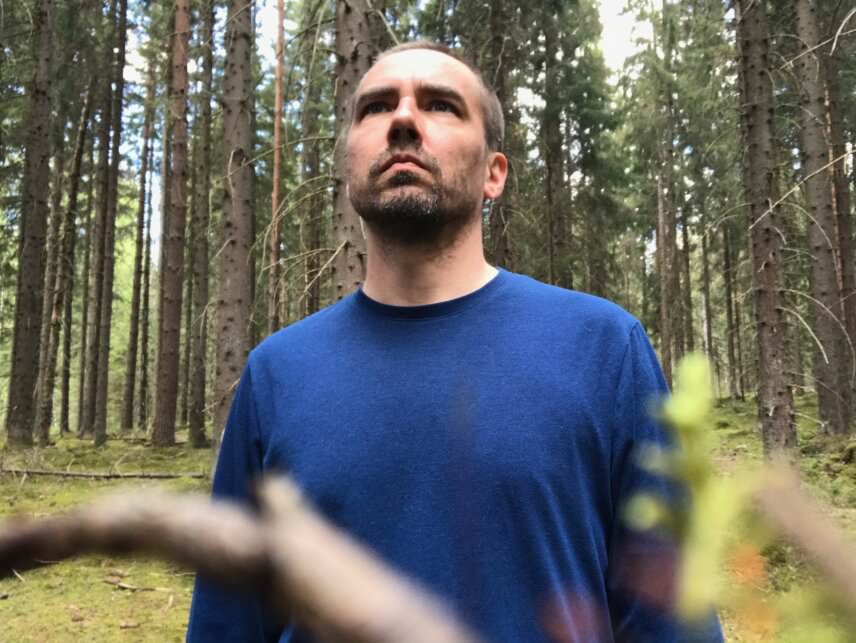
We ask how often he works on music. “I don’t consider it work,” he corrects. “It’s playing. I love to do it. I am always at work and I’m never at work. It is a constant flow. I have intense periods and quiet times. In general, I don’t do many other things than music.”
Preparation
Because he works within the Colundi tuning system, his albums require a lot of preparation. “Creating new scales,” he clarifies, “making new sounds from sine waves – often inspired by real-life instruments/elements, then sampling the sounds, programming them onto samplers, programming/tuning them on analog synths, tuning the rest of the kit and the effects accordingly and so on.
Then I play with the new sounds and scales. And then something probably turns up. I have a jam and record it. I don’t edit the tracks apart from a few exceptions. Capturing the jams as they happen has been the idea behind the recent hardware album series (Northern Lights, Midnight Sun, PHANTASIA, CYCLES and the forthcoming UNITY). There are loads of flaws and mistakes, it’s life.”
This preparation can go beyond just working with sine waves in the digital realm. “On the upcoming UNITY albums, I combined sine waves with wood, stone, metal and ice sounds. The sound sources originate from existing and made-up instruments. As an example, we had a proper winter up here this year, so I was able to freeze water into different-sized keys outside. Then I brought the slabs of ice indoors to record and sample it all quickly before it melts.”
Each album series takes about half a year to create. Perälä produces, mixes, and masters the albums himself. “Sometimes Grant does the artwork, sometimes I do it.”
Music is freedom – it should be free – it is art.
Aleksi Perälä
Why Am I Aleksi Perälä?
We have to ask: why are you so prolific? “Why am I Aleksi Perälä?” he counters. “That’s who I am. I’m following my calling. It is my part to play in the universe.”
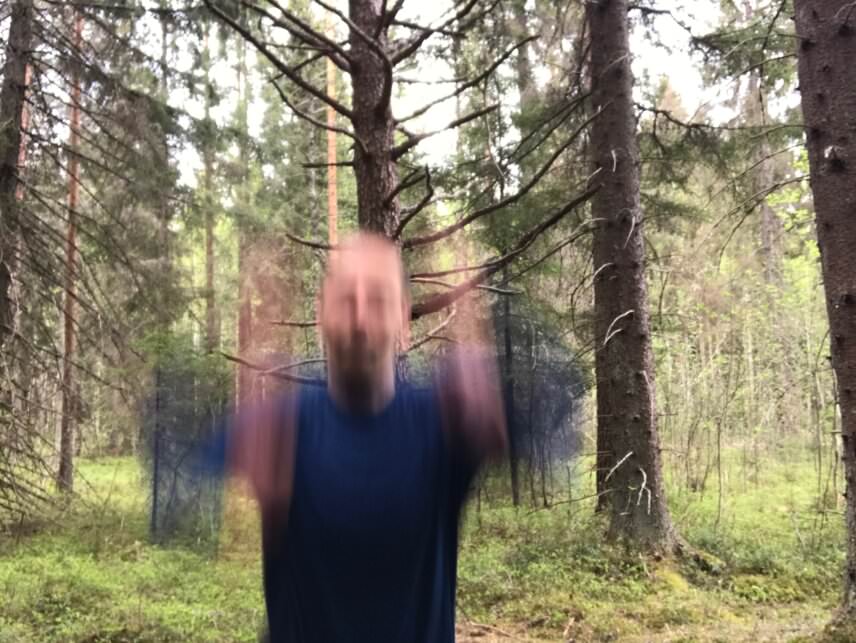
Is it a business model, we ask? “Gosh NO! I’m no businessman. Love is what makes the world tick.”
Certainly, you must be an efficient person. “Hmmm, yeah, I guess so, when it comes to music. I’m efficient working with the tools and methods that I am used to. My brain works well with music and abstract things alike. Geometry. I don’t spend much time online; it can be a huge distraction. I’m not good at social media, emails, or telecommunication in general, sorry. I gotta do what I gotta do, my way.”
Close Your Eyes
Finally, we asked Perälä for any tips on productivity. Here is his answer.
“Oh, I don’t know, do your own thing. I would start by asking a few questions: What are you making? What frequencies and are you using, and what part do they play in the composition? How do they feel? Are you comfortable? Can you feel the bass? Can you hear everything? Are you excited?
“Which compass bearing are you facing? I find facing north is productive, perhaps. I feel that facing east is maybe more creative. West is more analytical which is good for post-production. Facing south, I don’t have any recent experience. I seem to avoid it.
“When are you having a jam? I enjoy it most when the moon is 50-100% lit, preferably a waxing crescent. Full moon jams are special, things just flow and fall into place like magic. Yearly cycles are important too; both equinoxes. Spring has always been my favourite time. Planet alignments. Personal life situation, emotions… Making music can be therapeutic and meditative. It happens when it happens.
“How? Close your eyes. The modern world is heavily based on all things visual, but the frequency range of the ear is nine times greater than that of the eye (The Science Of Sound; Rossing, Moore & Wheeler, p. 79). I think the factor may be well above nine. You hear with your ears and your body. Sound vibrates your cells, your whole being. It is difficult to define sensing the lowest frequencies as to whether it is ‘hearing’ or indeed ‘sensing’ the effect of low frequencies in your body in multiple different ways. There is a lot to be done here.
“Music is freedom – it should be free – it is art. It is a great way to explore the universe. There are no boundaries to creativity. Let go and be whole!”
Check out Aleksi Perälä’s Bandcamp page for more information – and of course lots and lots of music.
All photos courtesy of Aleksi Perälä.
While You’re Here…
If you like this article you might enjoy our book The Secrets of Dance Music Production. It is available from the Attack store!
New customer? Use code ATTACK10WELCOME at checkout for a 10% discount!

